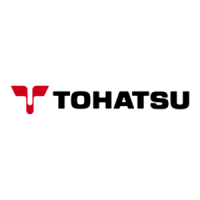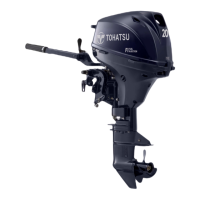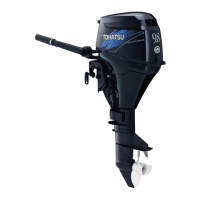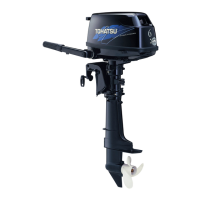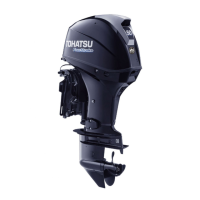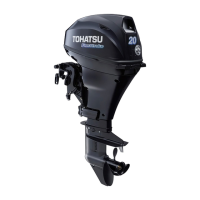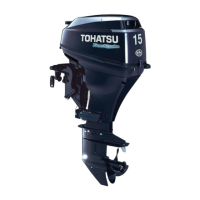What to do if my TOHATSU MFS 9.9E Outboard Motor engine overheats?
- RRodney BishopAug 16, 2025
If your TOHATSU Outboard Motor engine overheats, it could be due to a few reasons: * Lack of cooling water: Check and refill the cooling water. * Defective or clogged pump: Service or replace the water pump. * Defective thermostat: Test and replace the thermostat if necessary.




